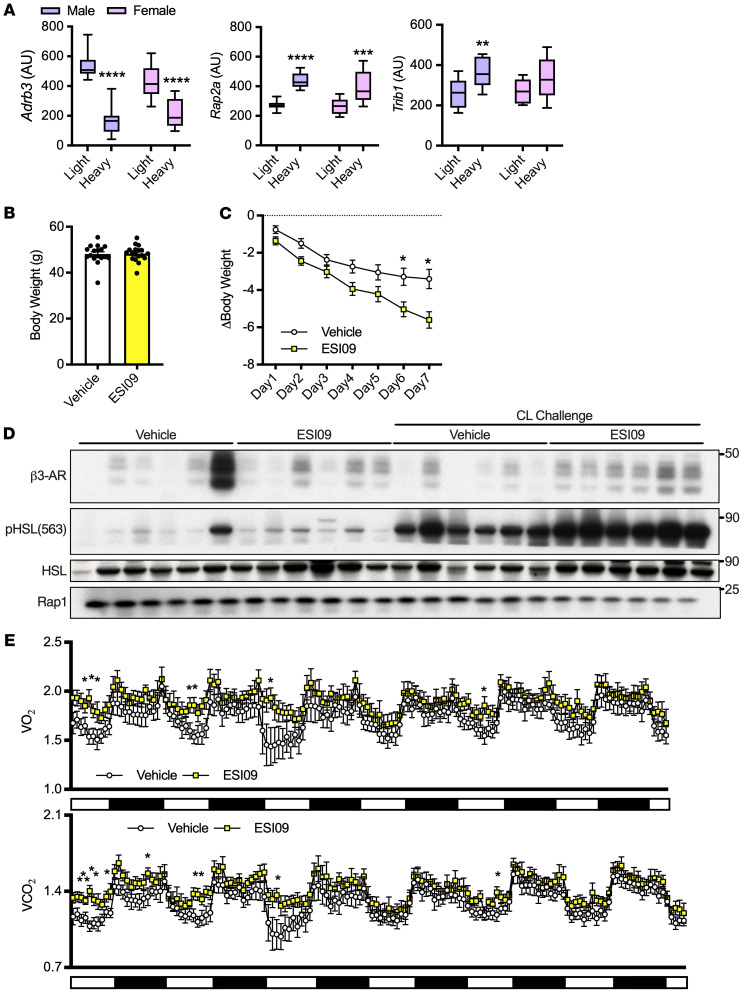Figure 7. Inflammation drives EPAC/RAP-dependent catecholamine resistance in obesity.
(A) eWAT of male and female mice with highest and lowest body weights (n = 10 per group, body weights in Supplemental Figure 7) in diversity outbred mice (n = 10 per group). (B) Starting body weights for mice fed HFD for 18 weeks before ESI-09 or vehicle treatment. (C) Body weight change in these mice during ESI-09 (10 mg/kg) or vehicle treatment (n = 17–18 per group). (D) β3-AR and pHSL from eWAT of mice in C; 24 hours after ESI09 treatment cessation, mice were challenged with 0.1 mg/kg CL-316243 or saline for 20 minutes (n = 6 per group). (E) Whole body oxygen consumption (VO2) and carbon dioxide production (VCO2) measured in a second cohort of mice fed HFD for 16 weeks with or without ESI-09 (10 mg/kg) for 1 week (n = 7–8 per group). Two-way ANOVA and Šidák’s post hoc comparison(A); independent samples t test (B); 2-way mixed ANOVA (day repeated measure and drug independent) with Šidák’s post hoc comparisons (C); 2-way mixed model (drug × time) and Fisher’s LSD post hoc test (E). *Significance compared with control unless otherwise specified. Error bars represent SEM. *P < 0.05; **P < 0.01; ***P < 0.001; ****P < 0.0001.

